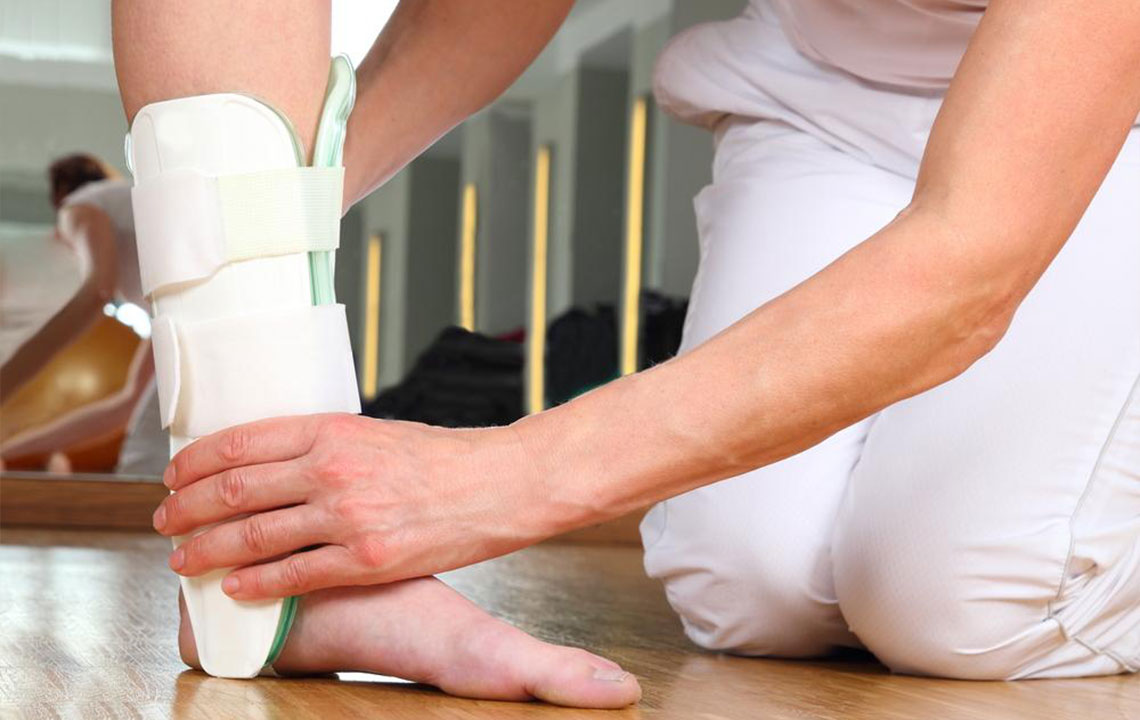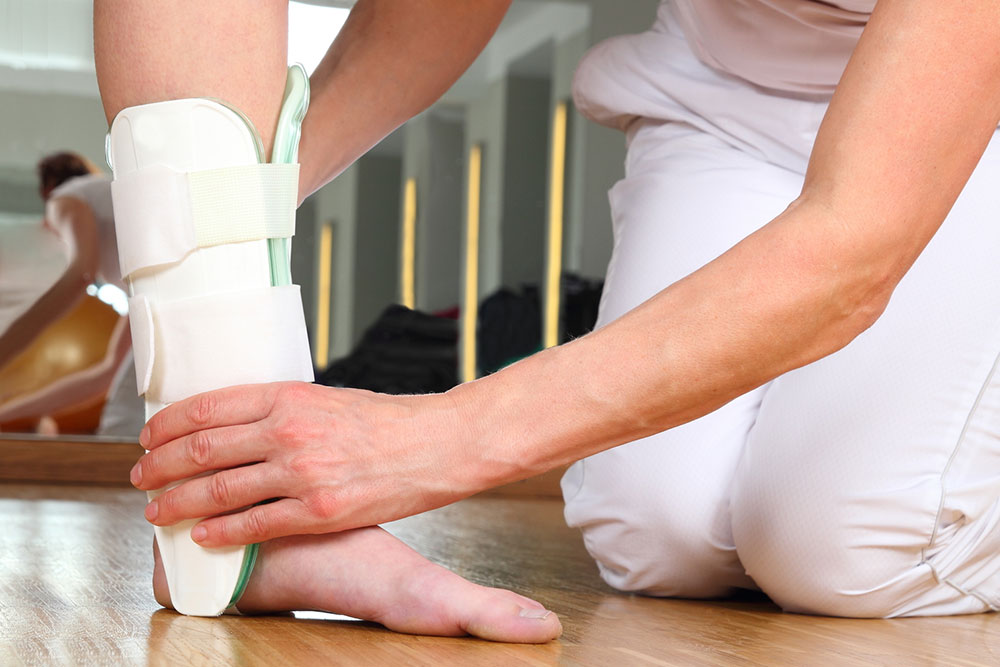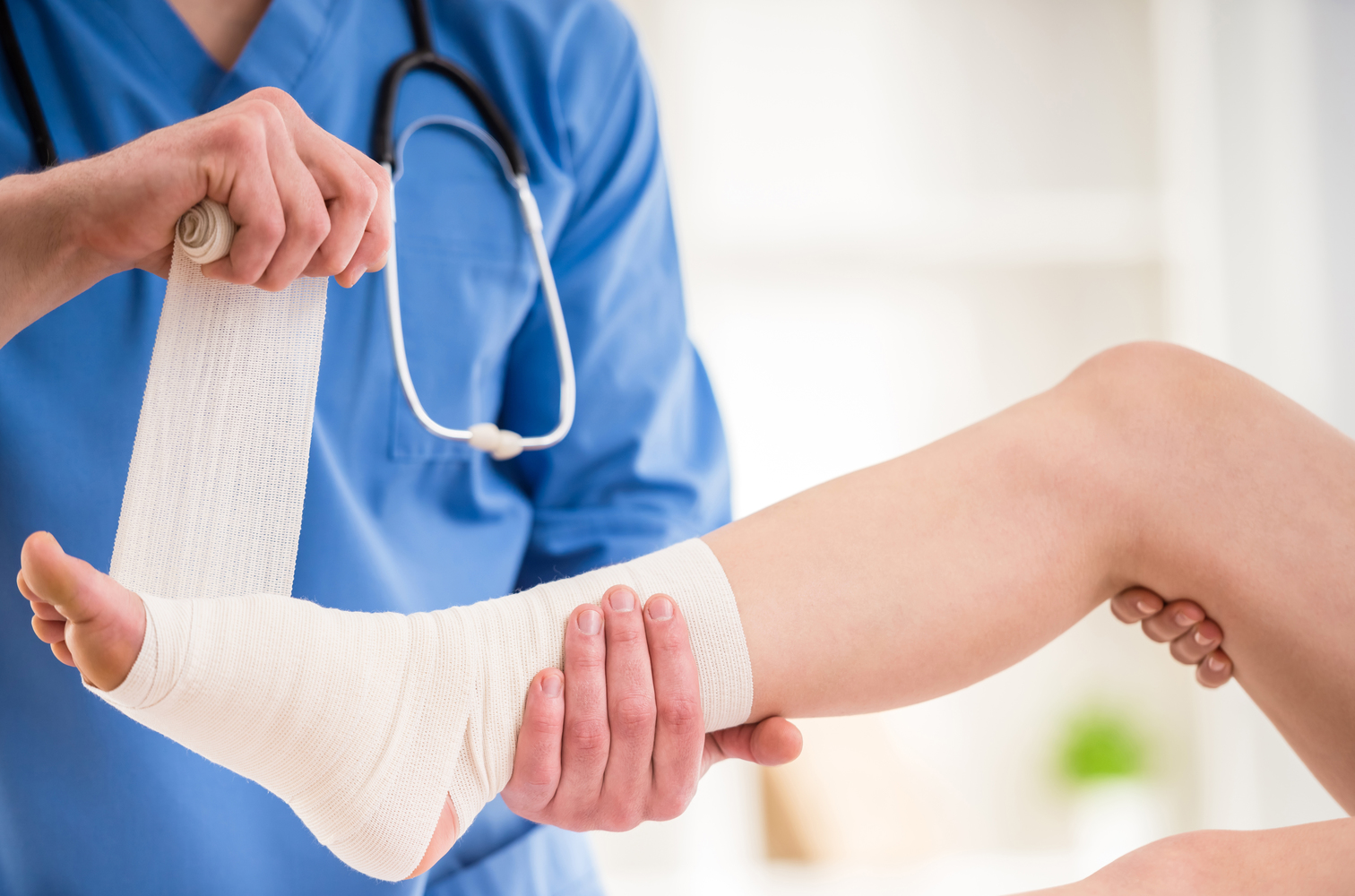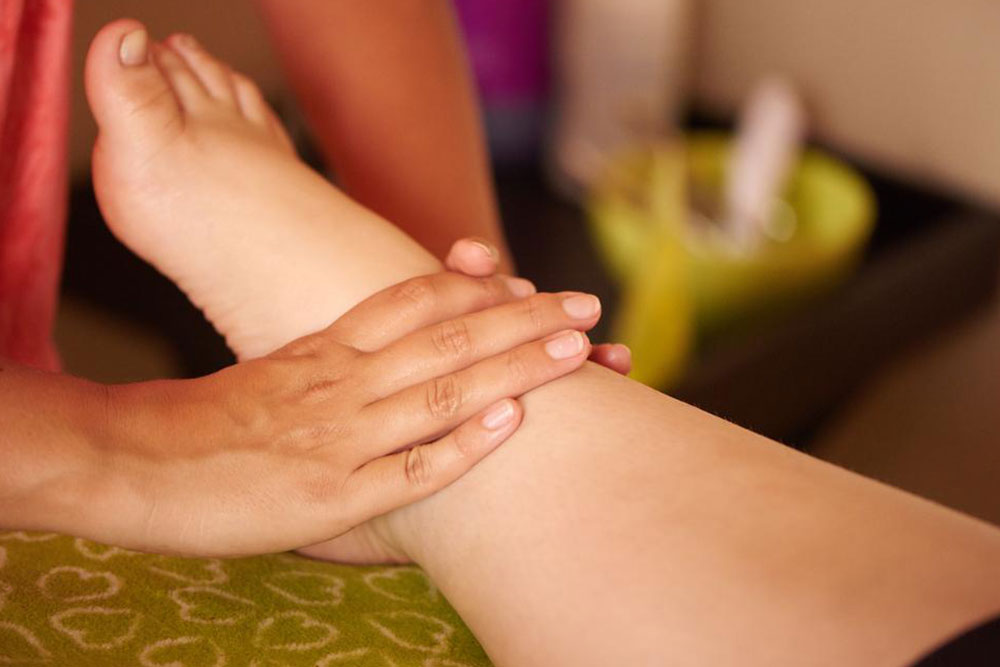Guide to Selecting the Optimal Drop Foot Orthoses
This comprehensive guide helps individuals select the ideal drop foot orthoses to enhance mobility and gait. It explains various brace types, their suitability, and importance of professional consultation for personalized treatment. Proper orthotic use can significantly improve walking comfort, especially when complemented by appropriate accessories. Understanding the underlying causes and treatment options is crucial for managing drop foot effectively, ensuring better quality of life for affected individuals.
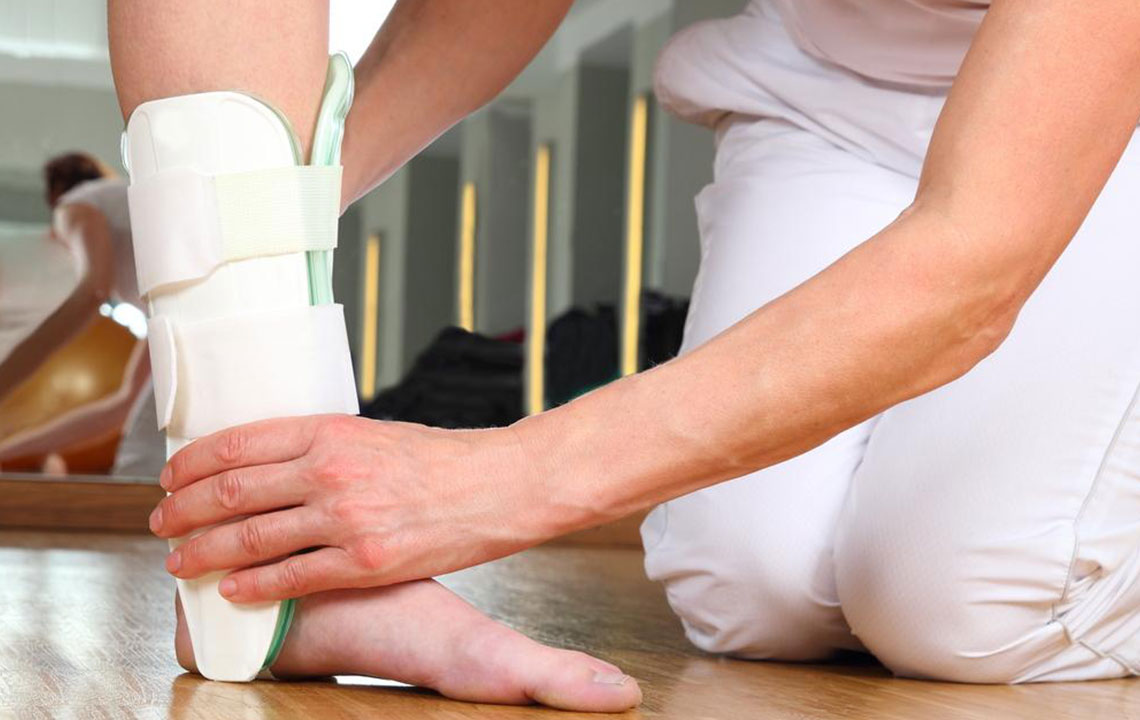
Guide to Selecting the Optimal Drop Foot Orthoses
Drop foot is a neurological or muscular condition where the individual is unable to lift the front part of the foot. This impairs ankle movements such as dorsiflexion and plantarflexion, which are essential for normal walking. As a result, affected individuals often drag their toes or lift their knees higher to clear the ground, leading to an abnormal gait.
Muscle weakness in the lower leg causes difficulty in lifting the foot, prompting compensation through hip movements or leg swinging, which can be uncomfortable. Drop foot can affect one or both sides and is typically a symptom of an underlying disorder. Managing it often involves the use of specialized orthoses.
The root causes of drop foot include conditions like multiple sclerosis, stroke, cerebral palsy, polio, spinal muscular atrophy, Lou Gehrig’s disease, spinal stenosis, Charcot-Marie-Tooth disease, nerve injuries, muscular dystrophy, or myositis.
Treatment Options for Drop Foot:
Depending on the root cause, treatments vary. Most often, doctors recommend orthotic devices or braces to support the foot and promote natural gait. These braces may be custom-made or prefabricated, based on the patient’s needs, condition severity, and budget. Consulting with a healthcare professional is vital for choosing the appropriate option.
Types of Drop Foot Orthoses:
Short Leg Brace with Fixed Hinge: Suitable for patients with drop foot linked to flat foot or stroke, this lightweight brace stabilizes the foot at a 90-degree angle. Ideal for people with conditions like Charcot-Marie-Tooth disease, it prevents inward foot rotation but limits ankle movement, affecting natural walking. Not always adaptable to all leg sizes.
Dorsiflexion Assistance Orthosis: An improved version, featuring a spring-loaded hinge, facilitates upward toe movement, allowing for a more natural gait. Suitable for most users except those over 6 feet tall or weighing more than 225 lbs.
Plantarflexion Stop AFO: Designed to restrict downward foot movement, this brace allows normal dorsiflexion with a hinge. It’s often used in severe drop foot cases but can be bulky for some individuals.
Solid Ankle-Foot Orthoses: These completely restrict ankle motion, providing maximum support for patients with muscle weakness and unstable knees. They control foot positioning during walking effectively.
Energy-Return Orthoses: Made from carbon graphite, these lightweight braces offer excellent dorsiflexion assistance due to built-in spring dynamics, providing a more natural walking experience.
Investing in quality orthoses can significantly improve gait and comfort. However, because individual needs vary, trial and error—with medical guidance—may be necessary to find the best fit. Accessories like arch supports, proper socks, and sturdy shoes complement brace effectiveness by protecting skin and enhancing stability.

